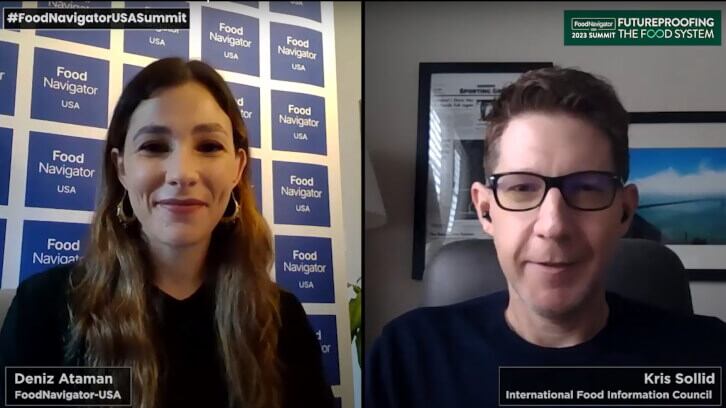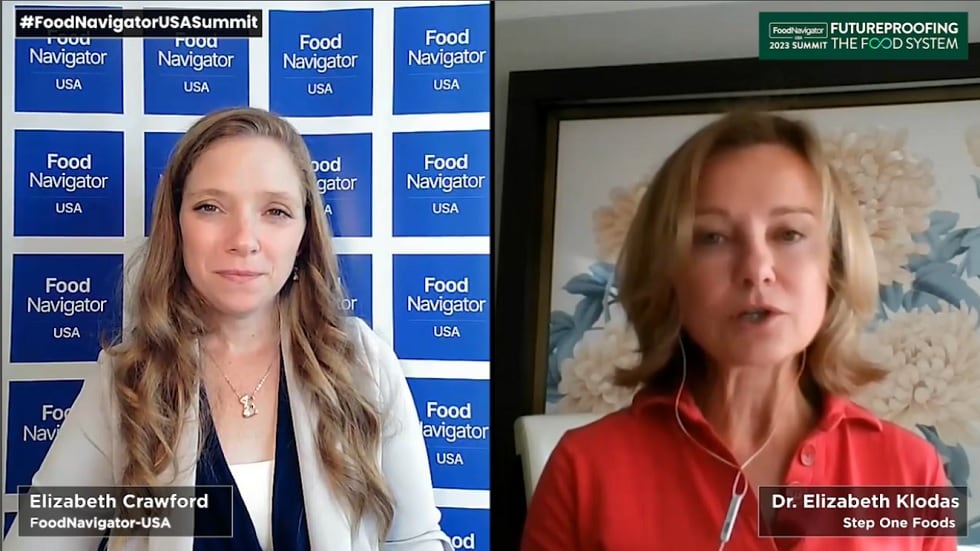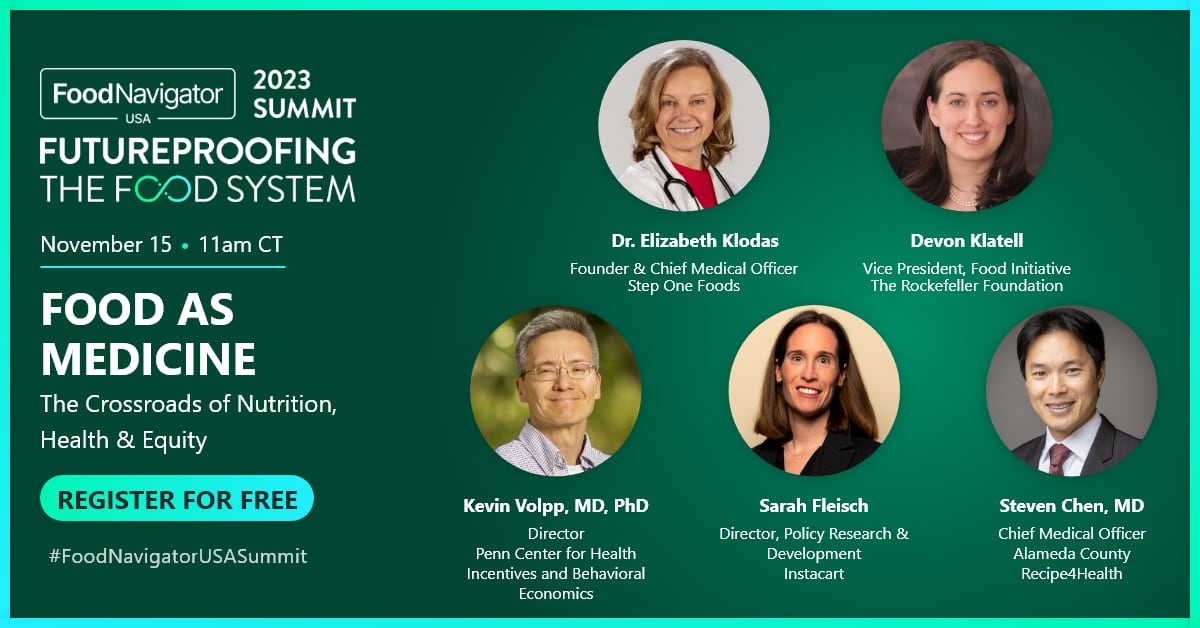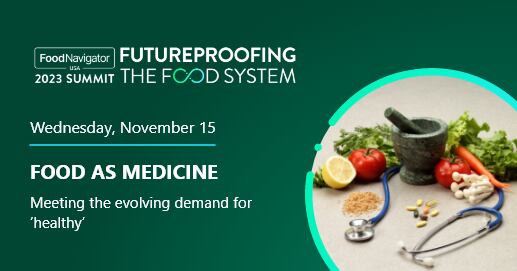Kris Sollid, RD, senior director, nutrition communications, IFIC, shared more than half of consumers surveyed in the organization’s 2023 Food & Health Survey reported they would buy a product if it was labeled as healthy by FDA, which would be approximately about five percent of packaged foods, but this nominal amount of products may not even be that impactful unless the icon is simple and clear to understand, he explained.
“What we found in our survey is that the majority of people would default to purchasing a product that does carry the healthy icon which might not be surprising. We found in other surveys that consumers are really interested in simple and clear signals to help them make better food choices. So, something like that could help a certain portion of our population on that small percentage of products that would carry such a visual icon,” he elaborated.
Different generations approach health differently, but purchase drivers remain the same
The report also found differences in how each generation approaches health benefits. Older generations are more interested in benefits that promote heart, digestive and bone health, while Gen Z is looks for connections between emotional and mental health with food.
“So thinking about the way that plays out in future years, as we’re younger, we have different priorities. We prioritize things in different ways. As we get older, we get more stuck in our routines, but we’re also more interested in ensuring our long-term health. When we’re younger, we have a little bit more short-term view on that,” he said.
“Understanding our diverse population, understanding where they’re coming from, what it means to eat in a cultural food way, what it means to eat in a healthy way, wherever we come from, whatever that means, those kinds of discussions are really important to help people think … bigger about our total eating patterns,” he emphasized.
“As a reflection of healthy, it’s more about the specific nutrients that people are looking for. Things like high protein, sodium levels, sugar levels, those seem to be where consumers direct their attention when it comes to defining healthy for them,” Sollid elaborated.
Taste, price trump health as purchase drivers
The rank order of purchase drivers – taste, price and health – have remained the same since the survey started 18 years ago, Sollid noted.
“We’ve seen some fluctuation in the percentages of those influences or those purchase drivers influencing choices but the rank order has not changed,” he said.
Inflation has also led to “significant increases” in the influence of taste, price and convenience.
“When you think about the COVID years, for example, or the more recent increases in cost of food, particularly related to inflation, those things have gained an influence on our purchase drivers, like healthfulness, so it’ll be really fascinating to see where this goes in the years ahead,” he emphasized.
Environmental sustainability ranked “far below in terms of relative order of importance,” however, the survey has found an uptick of interest, “meaning that the importance or relative importance of environmental sustainability seems to be increasing in recent years.”
Editor’s Note: To watch the full fireside chat with Kris Sollid, you can register for free for FoodNavigator-USA’s Futureproofing the Food System digital summit, available now on-demand.




